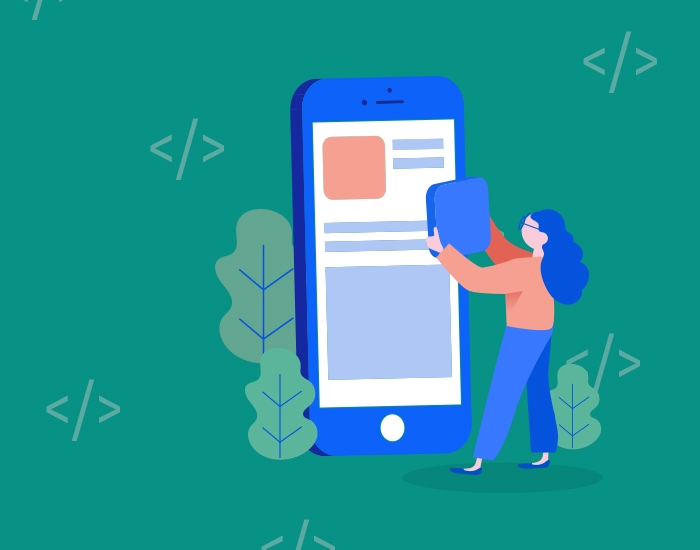Initial Planning and Design of the Mobile App
The mobile app development lifecycle starts with a crucial planning phase – being often overlooked, it leads to challenges in meeting the user needs. This phase includes understanding the business context, such as whether the app will serve internal teams or external clients. The planning stage addresses questions like the app’s purpose, target audience, and how it will benefit users. Decisions made here, influenced by workshops and solution design sessions, lay the foundation for the app’s architecture and future development.
Development and Testing
The lifecycle then progresses to development, testing, and deployment, with an iterative approach allowing for continuous refinement. This process involves quality assurance (QA) and user acceptance testing (UAT), each with their distinct roles. QA focuses on internal checks by experts to ensure the app meets technical standards, while UAT involves real-world testing by end-users to validate the app’s functionality and usability. This feedback loop is vital for adjusting features and addressing issues before wide-scale deployment.
Maintenance and Monitoring
Post-deployment, maintenance becomes a critical ongoing phase to ensure the app’s relevance and efficiency. It involves regular updates, security patches, and adding new features as demanded by users or market trends. Monitoring app performance and user feedback is essential to identify and fix issues promptly. Maintenance is not just about correcting flaws but also about enhancing the app to meet evolving user expectations and technology advancements.
The lifecycle of mobile app development is comprehensive, involving initial planning, detailed design, iterative development, and continuous maintenance. Each stage is interconnected, requiring attention to detail and a strategic approach to deliver a successful, user-centric mobile application that remains functional and competitive in the market.






